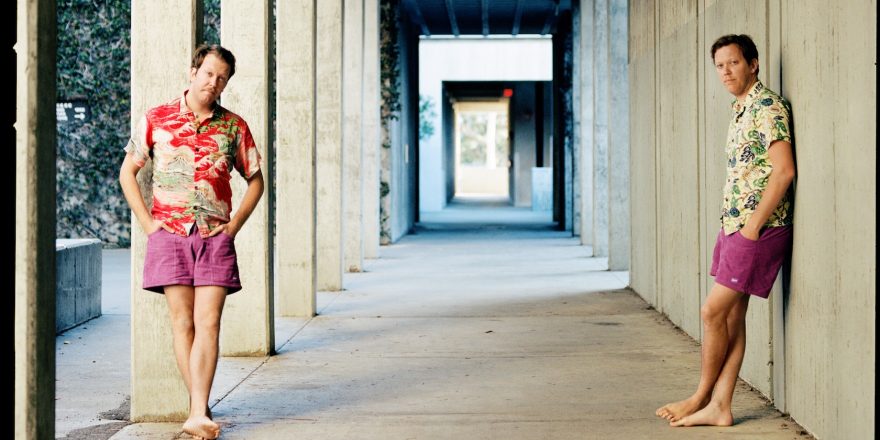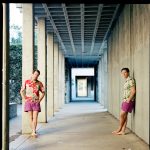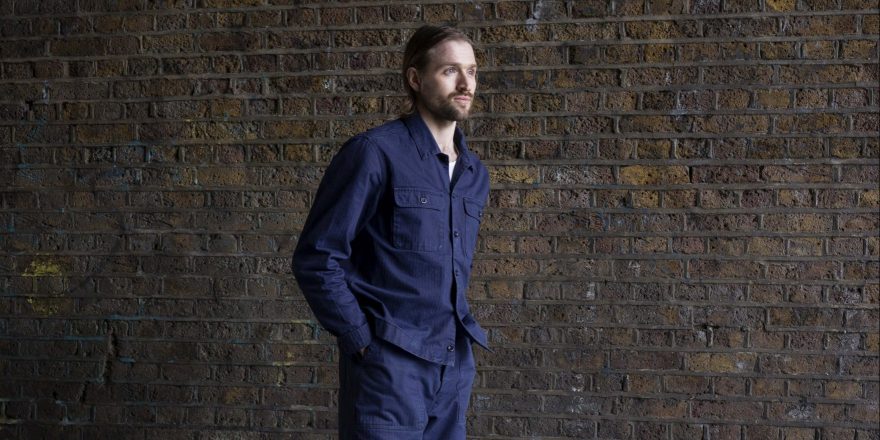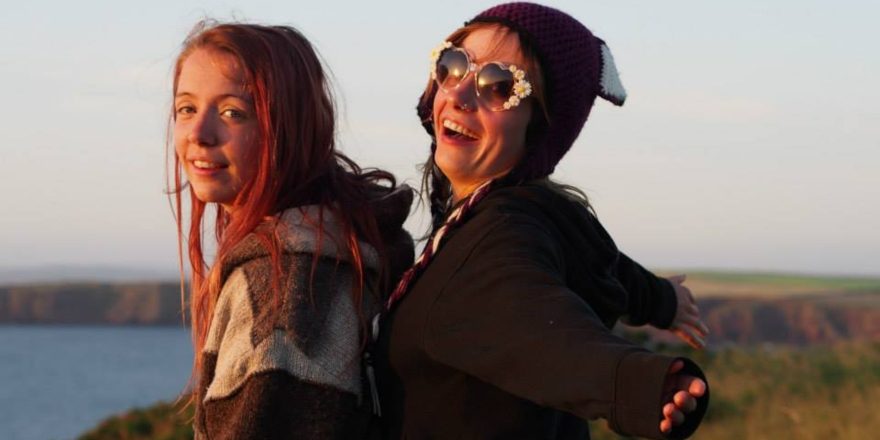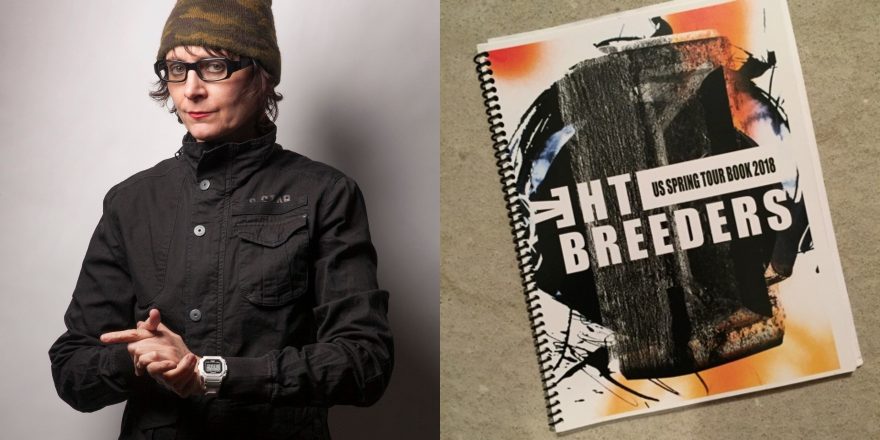Do any of you know where we first met? We met in the womb. As monozygotic, identical twins, we have the same genetic constitution. Jared’s first chord strummed was the umbilical cord and my first kick drum was the womb itself. Even though we share identical DNA, we are in fact two individuals: I’m a drummer with a wife and two-year-old daughter, living in the suburbs. Jared is a guitar player and bachelor, living in a cabin in nature. We’ve developed on a very singular level.
As the great phone work artist Longmont Potion Castle says, “I am an individual.”
As twins, Jared and I share heightened levels of communication that transcends speech and drives towards shared emotional transmission. When your monozygotic double is having a bad day, chances are you are too, so it’s reasonable to claim that a strong “spidey sense” is both a blessing and a curse. Most of our shared connections are positive, especially as it relates to performance. In the same way we are able to transcend more traditional forms of communication, the same is true of our musical communication.
Words like “vibes” and “jam” are widely used these days. Synonyms like “sizzling” and “transcending” are nice alternatives. Nevertheless, it’s an encouraging indication of where we are headed as a musical culture.
Our reimagining of John Coltrane’s A Love Supreme comes at a time when jazz is more accepted than it’s been in decades. The time was ripe to reimagine the piece as an intense marathon of twinchronic development. The album is widely known for its message of cosmic love, incredible spiritual implications, and Coltrane’s awakening and devotion to God. I believe the piece was also written as a device to achieve higher forms of consciousness — a kind of jazz spaceship that when piloted in the right way could take any artist that wields its power to outer space.
Coltrane does this by composing a roadmap meant to encourage each member of the quartet to express their own musical idiosyncrasies. It’s fascinating to think that the heightened musical dialog between his band — Jimmy Garrison, Elvin Jones, and McCoy Tyner — is the result of a musical score that is only a few notes; highlighting that improvisation is the major factor here. ALS was a fitting piece for us to play because it’s all about musical dialogue and attaining a language that allows for vast journeys of improvisation; Jared and I viewed this as a piece to express our own love for humans and cultures but to also use the music as a creative portal to advance our own level of communication which we have been developing since our high school, garage days.
We haven’t always embraced and displayed our twinship as much as we currently do on our records. In fact we would feature many additional musicians on horns, woodwinds, keys, strings, etc. This approach created good records but it didn’t highlight our strength as twin musicians. Dare I admit that we were subconsciously running away from what we are. Our mini LP Agar was an evolutionary moment for us. The gelatin in the petri dish started to take shape. It was a true statement to highlight our “twinchronicity,” a term coined by recording engineer John X Volaitis to encapsulate the mojo that flows from us when we are in flow state. I’m almost positive that the 1963 Coltrane quartet felt a similar tingling sensation in the medial prefrontal cortex as they performed his mostly improvised magnum opus, A Love Supreme.
There’s a lot more to a band than the music, and a lot more goes into the ability to engage in “face melting.” Music is a form of communication and good music is the result of strong personal connections. If one truly desires to make it a way of life, all aspects of life must be incorporated into the process, and bonds with bandmates and fellow musicians must be nurtured. In an era where we are so glued to hand-held cyberspace it is more important than ever to forge real world bonds. Dear friend and fabulous musician Farmer Dave notes that during Bob Marley’s tours, he and his band would take every opportunity to kick the soccer ball in an effort build the team’s relationship and communication dynamic. I had the opportunity to see a similar thing first hand while sharing the stage with Tinariwen’s side project Imarhan at the Henry Miller Library in Big Sur, CA. We had about four hours before we had to perform so we soaked in the energy of the giant, mystical pines and in the midst of a check of the ol’ Instagram, I heard some hooting and hollering across the way. It was Imarhan. They were yelling happily, huddled around a table with a bunch of dominoes. As the venue gates opened and audience members were let in, the headliners didn’t escape backstage to their green room, no, in fact they proceeded to play dominoes for about three hours. When it was time for us to take the stage, they moved to the ping pong table, no phone in sight, no need to capture and share the amazing moment with the world, this was theirs.
This experience made me reflect on the non-musical things that have forged and contributed to our twin unity: playing Mega Man as six-year-olds, eating the exact same foods, listening and discovering the same music together, surfing, traveling, and being in the same classes all the way from Kindergarten to getting our Master Degrees At UC Irvine. (Gulp — that’s weird right?) For the past 33 years, all these elements along with the woodshedding helped to shape in some way or another the people and musicians we are today.
Flashing forward, our newest album Paradise (Out June 7 on Toro Y Moi’s Company Records) is almost the pinnacle of our output as wombmates. Aside from the photographer, label, the artist that painted the cover, and the mastering engineer, we are the only two beings that exist. We composed, recorded, performed, and mixed all the music in our studio (a sun room at Jared’s cabin). Recording from home created a more open channel of casual communication between us and our listeners. The personal nature of the music as well as the desire to groove harder and simpler than ever before catalyzed in the form of adding our own vocals for the first time.
Performance, improvisation, showmanship — these aren’t things one can just learn by going to school or a university. The creative arts, in this case music, most typically have a resonance with folks where an inborn or innate natural talent already exists. When you have it, you have it. And if done in the right way, it touches people. The act fills the musician with a fulfillment others will perhaps never understand. The closest of loved ones can be baffled as to why music is so integral to the very existence of the one who creates it. Something even more unique is when two siblings have that creative gift. Yet greater is the gift when two twins possess it; where two individuals of the same DNA become one musical voice influenced by not only music but also biological and sociological factors.
San Diego, CA / 2019


